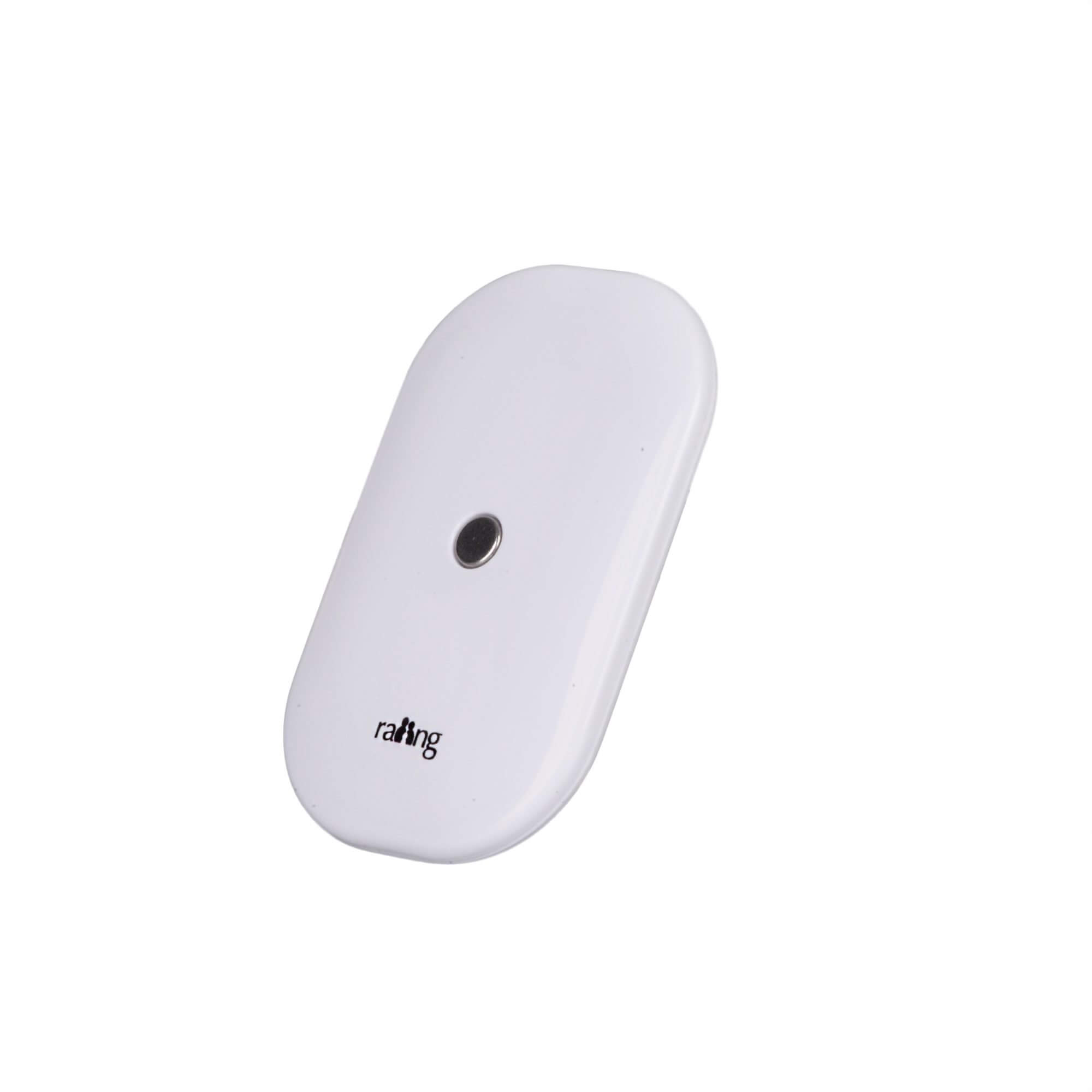A New Non-invasive Continuous Way to Monitor Core Temperature for Surgery Patients

A wearable thermometer (iThermonitor) with FDA 510(k) clearance, developed by a TMCx team—Raiing Medical—has enabled core temperature monitoring for surgery patients in a new non-invasive way in operating rooms. The findings appear in a new study published in the Anesthesia & Analgesia.
More than core body temperature: “The role of wearable thermometer during perioperative period is more than core body temperature monitoring. The clinical validation shows the capacity of iThermonitor as a connected health device to establish the baseline, track the vital signs and support the clinical decisions even after the patients are discharged,” says the study’s lead author Lijian Pei, MD, who is the Vice Chief Physician of Anesthesiology Department at Peking Union Medical College Hospital and the secretary of Anesthesia Quality Improvement Committee, Chinese Society of Anesthesiology.
There are 80 million surgery patients on annual bases in United States, whose temperatures need to be maintained within normal limits perioperatively to avoid complications including surgical bleeding, wound infection, slow post-anesthetic recovery, and prolonged hospitalization. “Optimal patient care thus requires accurate temperature measurements throughout the perioperative period. However, the most accurate sites for measurement of core temperature are also the most invasive. There is thus a role for noninvasive methods.” says the study’s senior author Daniel I. Sessler, MD, who is the Michael Cudahy Professor and Chair at Cleveland Clinic’s Department of Outcomes Research. “Axillary temperature, as recorded by the iThermonitor, well represents core temperature in adults having non-cardiac surgery and thus appears suitable for clinical use.”
Mining digital health data to redefine normothermia: “Interrupted temperature data during patient transferring perioperatively and lack of continuous data availability contribute to the challenges of identifying normothermia range at individual level.” Says Yuguang Huang, MD, who is the President-Elect of Chinese Society of Anesthesiology and Chief of Anesthesiology Department at Peking Union Medical College Hospital and a co-author. “iThermonitor Monitoring System integrates real-time core temperature into EMR seamlessly via patient monitor without disrupting the current practice in OR, PACU and ICU.”
Wearable vital signs monitoring for digital health revolution: The result of the study enables the application of iThermonitor from home care wearable to non-invasive vital signs monitoring in clinical settings. Rong Xia, CEO of Raiing Medical Inc., states, “Our goal is to develop clinical applications based on the wearable technology and identify vital signs patterns for disease diagnosis, management, prediction, and prevention.”



